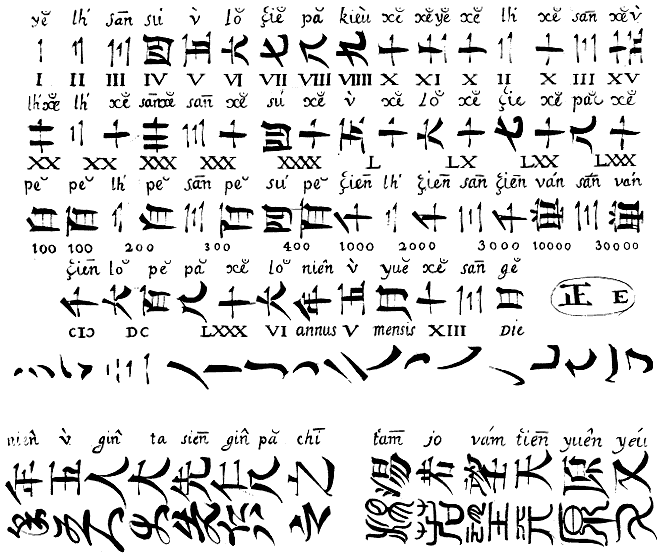[Note: links revised July 2009.]
The University of California Press has made the full text of hundreds of its books available online. That’s right: hundreds.
Among these many books, twenty-four 29 are classified as pertaining to Asian studies, thirty-five 49 to Asian history, six to Asian literature, and five 10 to language and linguistics. (There is some overlap.)
Among these books is Passions of the Tongue: Language Devotion in Tamil India, 1891-1970, by Sumathi Ramaswamy, which has the following intriguing description:
Why would love for their language lead several men in southern India to burn themselves alive in its name? Passions of the Tongue analyzes the discourses of love, labor, and life that transformed Tamil into an object of such passionate attachment, producing in the process one of modern India’s most intense movements for linguistic revival and separatism. Sumathi Ramaswamy suggests that these discourses cannot be contained within a singular metanarrative of linguistic nationalism and instead proposes a new analytic, “language devotion.” She uses this concept to track the many ways in which Tamil was imagined by its speakers and connects these multiple imaginings to their experience of colonial and post-colonial modernity. Focusing in particular on the transformation of the language into a goddess, mother, and maiden, Ramaswamy explores the pious, filial, and erotic aspects of Tamil devotion. She considers why, as its speakers sought political and social empowerment, metaphors of motherhood eventually came to dominate representations of the language.



 The latest issue of Science features an article on a stone slab found in Veracruz, Mexico. Scholars have identified the inscriptions on the stone — tentatively dated to at least 900 B.C.E. — as the earliest writing yet found in the Americas.
The latest issue of Science features an article on a stone slab found in Veracruz, Mexico. Scholars have identified the inscriptions on the stone — tentatively dated to at least 900 B.C.E. — as the earliest writing yet found in the Americas.